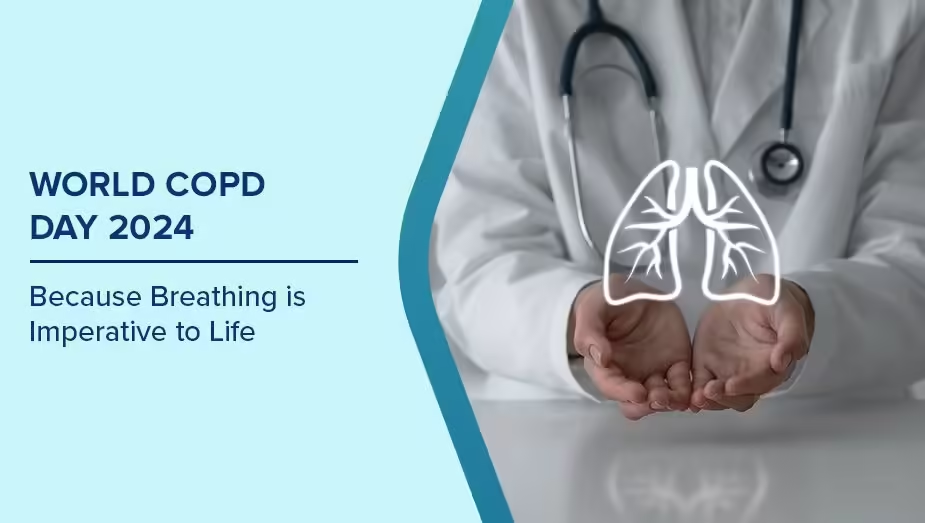“Celebrate World Anesthesia Day by exploring remarkable advances in patient care, highlighting the crucial role of anesthesia in modern medicine.”

World Anesthesia Day is celebrated annually on October 16th to honor the significant role of anesthesia in modern medicine. The day commemorates the first successful use of ether anesthesia for surgery in 1846, a breakthrough that revolutionized surgical procedures and patient care. Over the years, anesthesia has undergone numerous advancements, leading to safer, more effective, and more comfortable experiences for patients undergoing medical procedures. In 2024, we reflect on some remarkable advances in anesthesia and their impact on patient care.
1. World Anesthesia Day and the Evolution of Anesthesia Techniques
The journey from the early use of ether to modern-day anesthesia techniques represents significant progress in medical science. Today, there are various types of anesthesia, including general, regional, and local anesthesia, each tailored to meet the needs of different surgical procedures. Advances in anesthesia techniques have minimized complications and improved patient outcomes. For more on the history of anesthesia, visit the American Society of Anesthesiologists website.
General Anesthesia on World Anesthesia Day
General anesthesia induces a temporary loss of consciousness, allowing patients to undergo major surgeries without feeling pain. Modern advancements have led to the development of new drugs that offer rapid onset and recovery times, reducing the risk of side effects such as nausea and grogginess. Propofol, for example, has become a commonly used agent due to its rapid onset and short duration of action. Learn more about general anesthesia from Mayo Clinic.
Regional Anesthesia Celebrated on World Anesthesia Day
Regional anesthesia, including spinal and epidural anesthesia, provides targeted pain relief by numbing specific areas of the body. This technique has gained popularity in surgeries involving the lower abdomen, pelvis, or limbs. The introduction of ultrasound-guided nerve blocks has improved the accuracy and effectiveness of regional anesthesia, leading to enhanced pain management and shorter recovery times. For further details, check out Johns Hopkins Medicine.
Local Anesthesia Innovations Marked on World Anesthesia Day
Local anesthesia involves numbing a small, specific area of the body, often used for minor surgical procedures or dental work. The development of fast-acting and longer-lasting local anesthetics, such as lidocaine and bupivacaine, has significantly improved the patient experience by ensuring comfort during minor procedures. The National Institutes of Health (NIH) provides a comprehensive overview of local anesthesia.
2. Advancements in Anesthetic Drugs Honored on World Anesthesia Day
The development of new anesthetic drugs has played a crucial role in enhancing the safety and effectiveness of anesthesia. Modern anesthetics are formulated to provide rapid induction and recovery while minimizing adverse effects.
Safer Drug Combinations for World Anesthesia Day
Combining different anesthetic agents in lower doses has been a significant breakthrough in recent years. This approach, known as balanced anesthesia, allows for a reduction in the total dosage of each drug, decreasing the risk of side effects and complications. The combination of inhalational agents like sevoflurane with intravenous drugs such as propofol has become a standard practice for general anesthesia.
Tailored Anesthesia for Specific Populations on World Anesthesia Day
Advancements in pharmacogenomics have enabled the customization of anesthetic plans based on a patient’s genetic profile. This approach helps identify individuals who may be more sensitive to certain drugs or have a higher risk of adverse reactions. Personalized anesthesia ensures optimal drug selection and dosage, leading to safer outcomes for vulnerable populations, such as the elderly and patients with complex medical conditions.
3. Improved Monitoring and Safety Measures Recognized on World Anesthesia Day
Technological advancements in patient monitoring have significantly enhanced the safety of anesthesia. Real-time monitoring of vital signs, including heart rate, blood pressure, oxygen saturation, and brain activity, allows anesthesiologists to detect potential complications early and take corrective action.
Capnography Innovations for World Anesthesia Day
Capnography, which measures the concentration of carbon dioxide in exhaled air, has become an essential tool in monitoring patients under anesthesia. It provides immediate feedback on a patient’s ventilation status, helping to prevent respiratory complications during surgery.
Bispectral Index (BIS) Monitoring Celebrated on World Anesthesia Day
BIS monitoring is a technique used to assess the depth of anesthesia by analyzing brain wave activity. It helps anesthesiologists maintain the appropriate level of sedation, ensuring that patients remain unconscious without being over-sedated, which could increase the risk of complications.
4. Enhanced Pain Management Techniques for World Anesthesia Day
Effective pain management is a crucial component of anesthesia, and recent advances have improved both perioperative and postoperative pain control. Multimodal analgesia, which combines different pain relief methods, has become a widely adopted approach for managing pain.
Opioid-Sparing Techniques Promoted on World Anesthesia Day
With the growing concern over opioid addiction, there has been a shift towards opioid-sparing pain management strategies. These include the use of non-opioid medications like acetaminophen, NSAIDs, and nerve blocks to reduce reliance on opioids for pain relief. As a result, patients experience fewer opioid-related side effects, such as drowsiness and nausea. CDC guidelines provide more information on opioid-sparing techniques.
Long-Acting Local Anesthetics Featured on World Anesthesia Day
Long-acting local anesthetics, such as liposomal bupivacaine, provide extended pain relief following surgery. This advancement reduces the need for additional pain medication, allowing patients to recover more comfortably and with fewer side effects.
5. World Anesthesia Day and Its Role in Minimally Invasive Surgery
The rise of minimally invasive surgical techniques, such as laparoscopy and robotic surgery, has been supported by advances in anesthesia. These procedures require precise anesthesia management to ensure patient stability while accommodating the unique challenges of minimally invasive surgery.
Reduced Recovery Time Celebrated on World Anesthesia Day
Minimally invasive procedures often result in shorter hospital stays and quicker recovery times compared to traditional open surgeries. The development of short-acting anesthetic agents and refined anesthesia techniques has contributed to the rapid recovery of patients, enabling same-day discharge for many surgical procedures.
Enhanced Patient Comfort Highlighted on World Anesthesia Day
With less trauma to the body and improved pain management strategies, patients undergoing minimally invasive surgery experience less postoperative discomfort. This improvement in patient experience aligns with the goals of enhanced recovery after surgery (ERAS) protocols, which focus on optimizing surgical outcomes through a combination of anesthesia and surgical advancements.
6. Future Trends in Anesthesia Celebrated on World Anesthesia Day
Looking ahead, the field of anesthesia continues to evolve, with promising innovations on the horizon that aim to further improve patient care.
Artificial Intelligence (AI) in Anesthesia for World Anesthesia Day
AI is increasingly being integrated into anesthesia management to enhance decision-making and predict patient outcomes. Machine learning algorithms can analyze patient data to recommend optimal drug dosages, predict complications, and improve the overall safety of anesthesia. For more details on AI in healthcare, visit Harvard Medical School.
Development of Novel Anesthetic Agents on World Anesthesia Day
Research is underway to develop new anesthetic drugs that provide better pain relief with fewer side effects. These novel agents could offer rapid onset and offset, allowing for greater control over the duration of anesthesia, particularly for outpatient procedures.
Conclusion
World Anesthesia Day 2024 is a reminder of the remarkable progress made in the field of anesthesia, which has transformed patient care and surgical outcomes. From the development of safer anesthetic drugs to the adoption of cutting-edge monitoring technologies, advances in anesthesia continue to enhance the quality of life for patients undergoing surgery. As we celebrate this day, it’s essential to acknowledge the ongoing efforts to improve anesthesia practices and anticipate the future innovations that will shape the field.
By reflecting on these remarkable advances, we not only honor the history of anesthesia but also inspire continued progress towards safer and more effective patient care.




